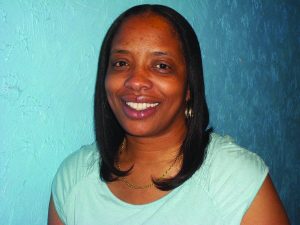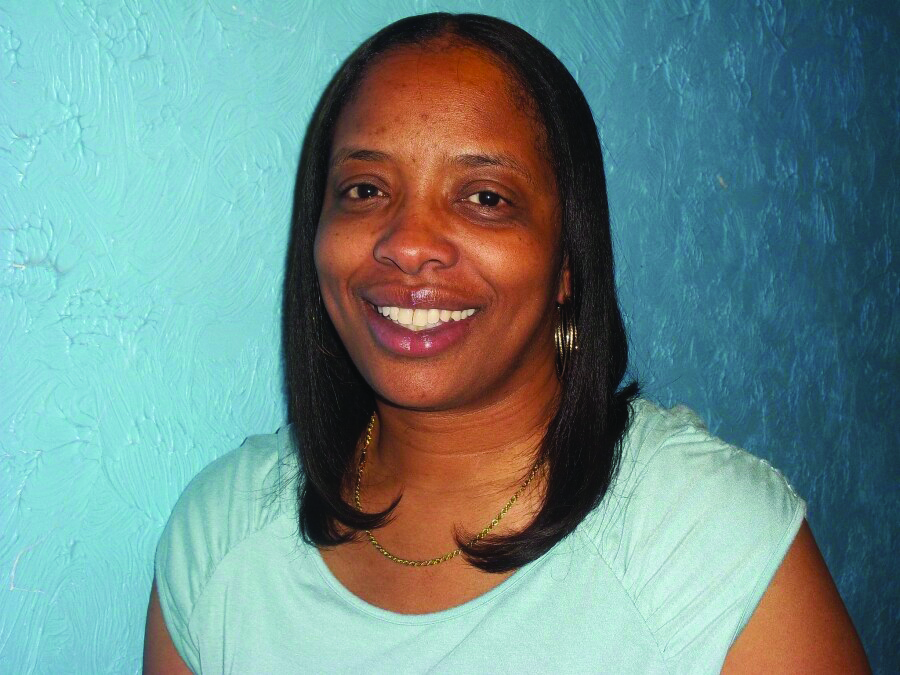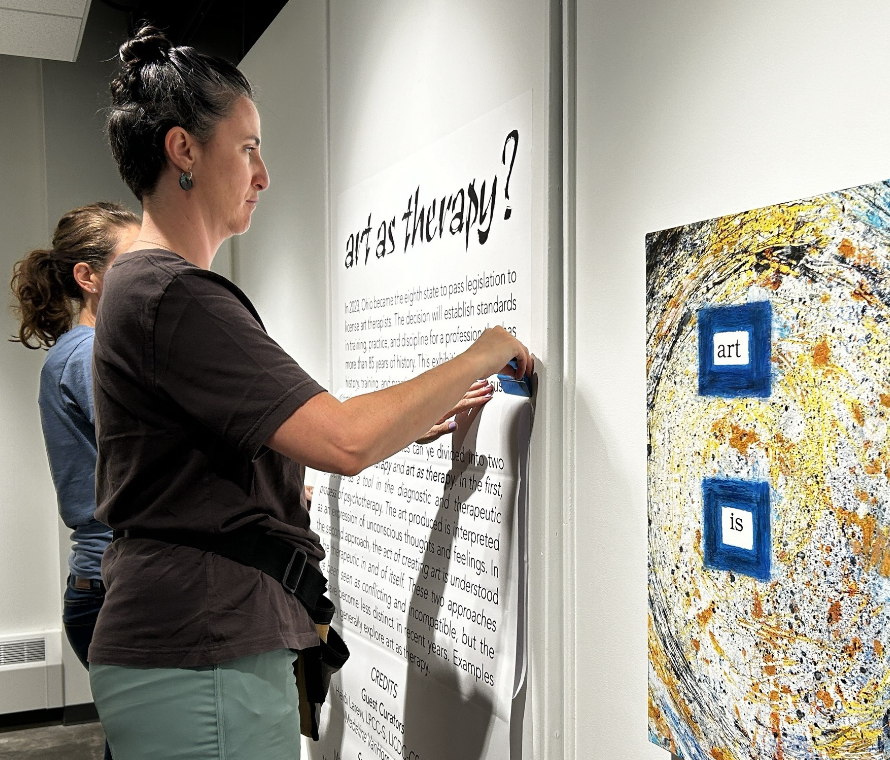Let’s talk with: Jane Bond
September 7, 2016
Over the next few weeks, The Buchtelite will be publishing letters from important people who played important parts in the events of the last year at UA, specifically those dealing with the beleaguered administration, the myriad initiatives, and the many changes that occurred.
The writers of these letters have latitude to discuss what they want, whether it be analysis of the past, hopes for the future, or opinions on the present. What matters is that the conversation about the betterment of UA continues; and each writer is, we hope, doing what they think to be their fair part.
This week’s letter is from Jane Bond, a retired Summit County common pleas judge who was involved with the “Advocates for The University of Akron, Students and Faculty” campaigns last year, which published numerous full-page ads in the Akron Beacon Journal – one of which contained more than a thousand community member signatures – calling for change in UA leadership.
Jane Bond
The University of Akron spent a year in the grip of a storm that shook it from top to bottom. The damages to its reputation, its educational mission and its financial stability were severe. Efforts are now underway to repair those damages and recover from the storm. What happened? Why did this historic institution experience such a cataclysm?
I think the primary reason is that those in leadership stopped listening. They did not trust others within the University and refused to consider whether decisions that they had made might be wrong. It began in the spring of 2015 when the new president convinced the Board of Trustees that there was a financial crisis — a “sixty million dollar problem.” He also convinced them that universities, such as UA, were dinosaurs doomed to extinction unless they radically changed the way they were structured, operated and delivered their “product.”
A series of radical changes were then proposed and quickly adopted. These changes in governance, in the identity and mission of the University and in staffing, faculty and operations were arbitrarily imposed by the leadership. The changes were not developed by those who would be directly impacted or those who were part of the larger community which has always been an essential part of the success of the University.
When these changes began to take effect, the reaction was immediate and widespread. The alarm of the faculty was sounded clearly. Administrators and staff were traumatized as layoffs and outsourcing undercut their ability to work in a stable environment. Alumni were incensed when long honored traditions and connections were destroyed. Students demanded accountability for how their tuition dollars were spent. Voices began to be raised and serious questions asked. But they were not heard.
Those in leadership dismissed the public clamor as “white noise.” Faculty protests were seen as the self-serving demands of an over-reaching, unionized minority. Administrative and staff concerns were silenced with job insecurity. The Board and president believed that these reactions were temporary and would soon end. They were convinced that the changes made were painful but necessary given the crisis at hand. They refused to consider that perhaps they were wrong. They would not listen to or talk with their critics.
As a result, protests continued. Community leaders organized. Faculty voiced their lack of confidence and donors refused financial support. The reputation of the University in the region and nationally began to suffer. Faculty resignations increased, enrollment began to drop and turmoil on campus increased as demoralized employees struggled. A wide variety of concern finally crystallized in the universal demand that the president had to go.
Still the Board turned a deaf ear and blind eye as the damages mounted. They refused to admit that the policies they had undertaken were damaging the institution. They blamed their critics and felt justified in their isolation. This dynamic prolonged the situation far beyond the time when the conflict should have ended. Had they engaged in real dialogue, in a relationship of mutual trust with stakeholders who were just as devoted to the University as they were, the damages could have been dramatically lessened.
The storm finally broke and today new bonds of trust and communication are being forged. There must be a joint recognition that true leadership is not the dictatorial imposition of an agenda by a few but it is the shared vision and understanding that come from respect, trust and communication between all those involved. Only then can the University thrive and grow.
-Jane Bond












David Witt • Sep 9, 2016 at 6:29 AM
Buchtelite readers might find this recent Bill Moyer’s report very enlightening: http://billmoyers.com/story/right-wing-assault-public-universities/
David Witt • Sep 9, 2016 at 12:38 AM
My tenure at UA began in 1983, and I retired just before the storm hit in 2014, and now I teach part-time. My old department, which was always profitable to the university’s bottom line, was divided in two, as a result of years of neglect by administrators. The “storm” described by Judge Bond is still doing damage as faculty and departments try to deliver a perfectly good curriculum that never needed more than the management we always gave it.
I do hope that the Board of Trustees truly desires to work with faculty and staff to the betterment of the university. I’m hopeful, but far from certain they’ve learned from the mistakes they made. From my personal professional point of view, the “storm” was the culmination of decades of damaging decisions, not merely a set of bad choices in the previous administration.
Dave Witt
Professor Emeritus